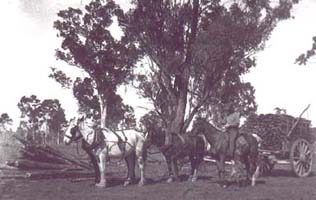

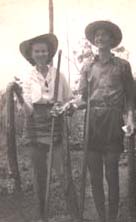

Mr Tyrrell cutting timber for rails with cross cut saw

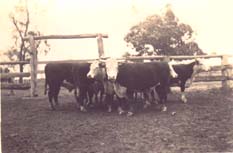
Early herds were predominantly Angus.They were driven along the Ridgelands Road to the saleyards at the Rockhampton showground. Cattle for the meatworks were then driven over the Fitzroy Bridge at night.

New Dairy sheds
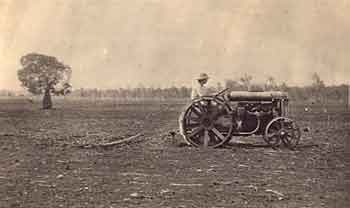
Technology in the District was slow to materialise and it was not until after WWII that mechanisation became more prevalent. Electricity came to many farms in the early sixties and still today there are blocks are without power.
As the region was declared as the Agricultural Reserve for Rockhampton, much of the recorded activity revolves around the Primary Industries. While the soil was good, there was difficulty with reliable water supply in many areas and this continues today. While attempts were made to grow a variety of crops from Sugar, Cotton, Maize, many Farmers recoursed to Dairying and Grazing. However, distance from Mills and Markets also prohibited intense farming. Early occupations recorded in the district were Farmer, Grazier. With the establishment of the rail link, occupations extended to those in the support and maintenance industries - Lengthsman, Farrier, School Teacher, Ganger.

Teams working on the construction of the main Rockhampton to Ridgelands road. The men would be camped along the roadside during construction.
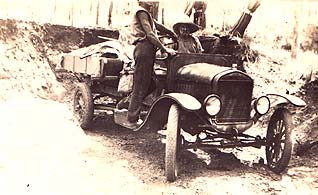

Taking milk by road into Rockhampton during the War for American Troops.
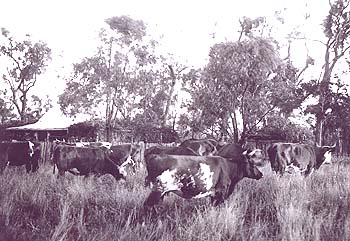

Collecting firewood near the river by dray for sale in Rockhampton
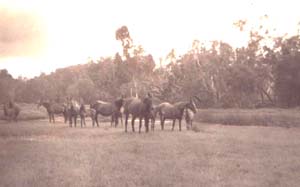
While Cattle was the main industry of the Mc Kenzie Family, they also bred horses for the Indian Army as well as producing some fine Race horses.
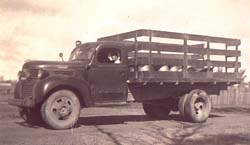
Another Milk Truck
